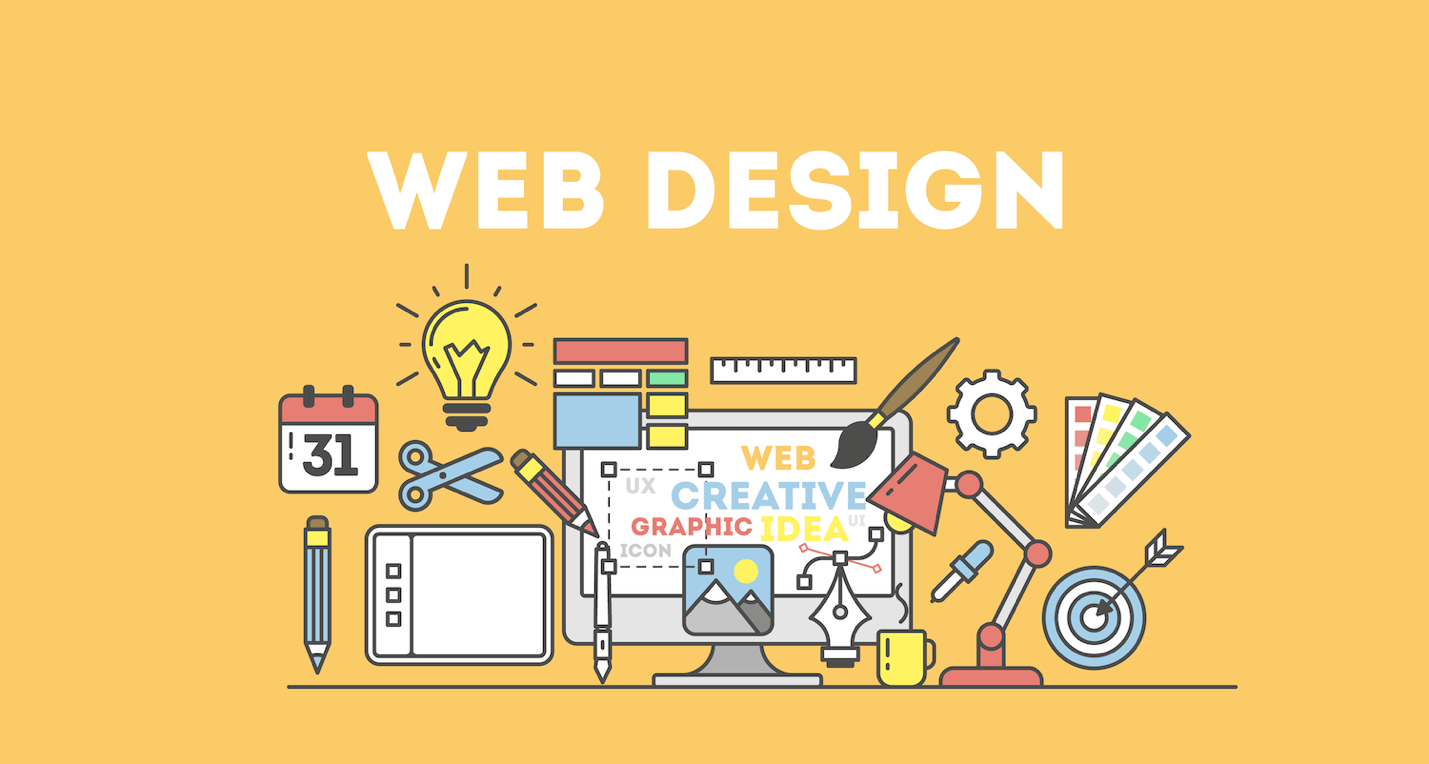Why Investing in Professional Website Design Enhances Your Brand Exposure
Maximize User Experience With Innovative Web Site Style Solutions
In today's digital landscape, maximizing customer experience through innovative website style options is imperative for services looking for to engage their audience successfully. The integration of interactive elements can better boost the user trip, motivating a reevaluation of standard design approaches.
Comprehending User-Centric Design

To carry out user-centric design efficiently, it is vital to carry out complete study, including customer interviews, surveys, and use screening. These study techniques give useful information that notifies design choices, guaranteeing that the end product lines up with user assumptions. Additionally, developing user characters can assist developers envision and empathize with the end-users, directing the layout process toward more appropriate options.
Additionally, iterative style is a key part of user-centric methods. By continually screening and refining styles based upon individual comments, designers can identify discomfort factors and locations of renovation, resulting in a more refined final product. Eventually, user-centric layout is not simply a stage in the growth process yet a continual dedication to prioritizing customer requirements, causing more efficient and interesting electronic experiences.
Significance of Responsive Layouts
As digital communications progressively occur throughout a variety of devices, the importance of receptive layouts can not be overstated. A responsive layout makes certain that a web site adjusts effortlessly to various display sizes, from desktop computer screens to mobile phones. This versatility is vital in today's multi-device landscape, where users expect a consistent and engaging experience no matter of how they access web content.
The main benefit of responsive design is enhanced individual satisfaction. When an internet site is maximized for all gadgets, it reduces the demand for zooming, scrolling, or straight navigation, which can discourage individuals and lead to higher bounce rates. Additionally, internet search engine like Google focus on mobile-friendly websites in their ranking algorithms, making responsive designs essential for efficient search engine optimization methods.
Instead of managing different variations of an internet site for different tools, a solitary, fluid style can be changed, saving time and resources. Inevitably, investing in receptive designs is not just a pattern; it is a basic principle of modern internet layout that considerably enhances individual experience and involvement.
Enhancing Navigating and Accessibility
Reliable navigating and accessibility are pivotal components of a properly designed website, considerably affecting customer involvement and satisfaction. An easy to use navigating framework permits visitors to locate details promptly and with ease, lowering irritation and increasing the possibility of repeat check outs. Executing clear, detailed tags for navigation web links, together with a rational power structure, can assist individuals seamlessly through the site.
Availability is just as crucial, making sure that all customers, no matter their disabilities or abilities, can engage with the site successfully. This can be accomplished with making use of suitable shade contrasts, message dimensions, and alt text for photos, which with each other enhance the experience for visually damaged individuals. Additionally, integrating keyboard navigating and screen reader compatibility expands accessibility for individuals with varied requirements.
Regular functionality screening can give useful understandings right into navigation efficiency and accessibility issues. By collecting review responses from real individuals, designers can recognize discomfort factors and make educated adjustments. Ultimately, prioritizing navigating and accessibility not just fosters inclusivity but additionally grows a positive individual experience, reinforcing the brand name's commitment to quality and user care in an increasingly digital landscape.
Making Use Of Visual Power Structure Properly
Visual hierarchy works as a directing structure in internet site style, routing customers' interest to the most essential components on a web page. By strategically organizing aesthetic components such as shade, typography, and spacing, designers can create a clear path for customers to adhere to. This framework not only improves individual experience however also improves content comprehension.
One efficient way to develop visual pecking order is with making use of dimension and scale. Bigger components naturally attract even more interest, making headings and essential visuals noticeable. Matching this method with contrasting shades can further set apart main content from secondary details, making certain that essential details sticks out.
In addition, the plan of elements plays a critical role in guiding customer communication. Utilizing a grid Source format can produce a natural flow, while whitespace aids to separate web content and lower cognitive load - Website Design. This willful spacing permits users to refine information extra conveniently, resulting in improved interaction
Finally, using consistent style patterns helps enhance aesthetic hierarchy, providing users with Continue familiar signs as they navigate the website. By focusing on these concepts, developers can properly maximize customer experience, guaranteeing that site visitors can easily find the info they look for.
Integrating Interactive Aspects
The incorporation of interactive elements into site design can significantly enhance customer engagement and total experience. Interactive attributes such as polls, sliders, and tests not only captivate customers yet additionally promote active involvement, making the browsing experience a lot more memorable. By motivating users to engage, sites can properly keep focus and decrease bounce rates.
Furthermore, incorporating vibrant web content like animations and hover effects includes an enticing layer of interactivity. These aspects can assist customers intuitively through the website, highlighting crucial information and phones call to activity. Computer animated buttons can attract interest and improve click-through prices.
Furthermore, customization with interactive tools such as chatbots or suggestion engines enables internet sites to deal with specific choices, promoting a feeling of connection. This customized approach not only boosts user fulfillment yet additionally urges repeat check outs.
Incorporating analytics devices to track interactions provides beneficial insights into customer habits, enabling constant improvement of the interactive elements. Inevitably, a properly designed interactive experience transforms a passive surfing session into an interesting trip, leading to boosted individual satisfaction and commitment. For that reason, incorporating interactive components is important for making best use of individual experience in modern-day internet site design.
Final Thought

In today's digital landscape, maximizing customer experience with innovative web site style options is important for businesses seeking to engage their audience successfully. Eventually, prioritizing navigation and availability not only promotes inclusivity yet also grows a positive customer experience, enhancing the brand's commitment to quality and user treatment in a significantly digital landscape.

In verdict, making the most of user experience via innovative internet site design services necessitates a dedication to user-centric principles. Website Design.